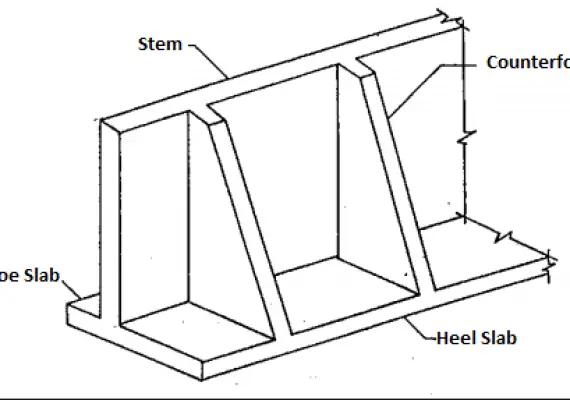What Is A 2 Way Slab in Concrete Work?
What Is A 2 Way Slab in Concrete Work?
A two way slab is a reinforced concrete member supported by beams on all four sides, with loads applied along both directions. It is typically used for floor and roof construction and provides greater strength than a one-way slab.
Unlike other slabs which have the beam support running perpendicular to the direction of loading, two way slabs have beam supports that run in both directions, allowing for uniform distribution of load over larger areas without any concentrated points of stress.
This type of construction also allows for deeper spans, resulting in more efficient use of materials such as rebar.
What Is One Way Slab?
A one-way slab is a flat structural element made of concrete, usually with reinforcing bars, that transfers the load in only one direction.
It is typically supported on two opposite sides and by columns or walls, which can be perpendicular to the main slab and connected through beams, depending on its size and span.
It is generally used in roofs and floors in buildings where spans are large compared to their thicknesses. One-way slabs are also known as single span slabs or simply slab systems.
What Is The Difference Between One-Way And Two-Way?
A one-way slab is a reinforced concrete slab supported by beams on the two opposite sides and spanning in one direction only, while a two-way slab is a reinforced concrete slab supported by beams on all four sides and spanning in both directions.
The main difference between the two slabs lies in their behaviour under loading. In one-way slabs, the load is transferred along one direction only, so that part of the slab experiences tension or compression.
On the other hand, two-way slabs experience tension or compression along both directions due to moment transfer from adjoining supports; thus making it stronger than its counterpart. Additionally, two-way slabs require more reinforcement bars as compared to one-way slabs.
Which Is Better 1 Way Or 2 Way Slab?
A two-way slab is better than a one-way slab since it has greater load carrying capacity due to uniform distribution of loads in two directions. It requires less material, resulting in lower construction cost compared to a one-way slab.
Moreover, two-way slabs require fewer structural supports because the load is spread out over the entire slab. Furthermore, two-way slabs are more aesthetically pleasing and provide higher levels of acoustic insulation than one-way slabs.
Additionally, two way slabs can be designed to span longer lengths and widths than one way slabs.
Overall, two-way slabs are more advantageous for any project as they offer better structural performance at a lower cost than their one-way counterparts.
What Is The Minimum Thickness Of Two-Way Slab?
The minimum thickness of a two-way slab is typically determined by the distance between supports, with smaller spans requiring thicker slabs.
Generally speaking, a two-way slab should be at least 125mm thick for spans up to 4m, while spans of 5m or more require at least 150mm of slab thickness.
It is also important to consider other variables such as loading, soil conditions and seismic activity when calculating the minimum slab thickness needed.
However, as a general rule it is recommended that for small residential projects you should use a minimum thickness of 125mm for two-way slabs.
